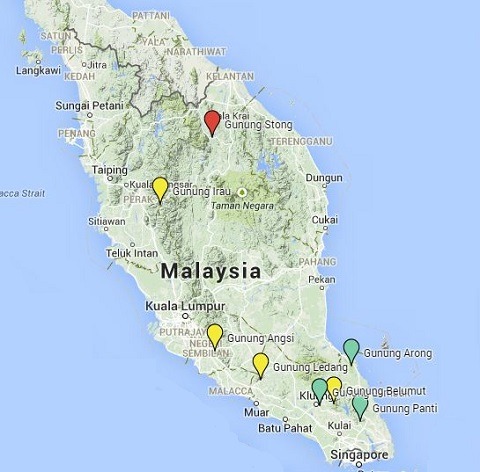Why Sign Up Your Hiking Trip With Us?
1. We believe in providing a streamlined, uninterrupted and personalized customer service experience to all our clients. You will be assigned an experienced and dedicated travel coordinator who will take […]
FAQ for Shanxi
1. When is the best time to visit Shanxi? Shanxi is good for travel all year round. It has a continental climate with cold dry winters (November to March) and […]
FAQ for Tulou
1. What are tulou? Fujian tulou (福建土楼) literally means “Fujian earthen buildings” are rural dwellings built by the Hakka people in the mountainous areas in south-west Fujian between the 15th […]
VISA Requirements
You Name It, Jogja Has It
“You Name It, Jogja Has It” is our tagline for Yogyakarta, the Indonesia city most famous for its Borobudur World Heritage Site. Yogyakarta also known as Jogjakarta, or Jogja for […]
Destinations
Guide to Gunungs in Indonesia

Here is a guide to the Gunungs in Indonesia that iwannatravel currently offers. We do note that this is only a small percent of the many many mountains in Indonesia, but […]
Customized Retreats
Whether you are planning for a family gathering, an office retreat, a school trip, a club event or looking for special getaways, we are able to customize trips to meet your […]
2D1N Kota Tinggi & Mount Lambak Trip
[metaslider id=2351]
Guide to Gunungs in West Malaysia

Gunung, the Malay word for Mountain, are aplenty in West Malaysia, and the wide range of options available serve as an excellent weekend getaway or a training ground for hikers based […]
